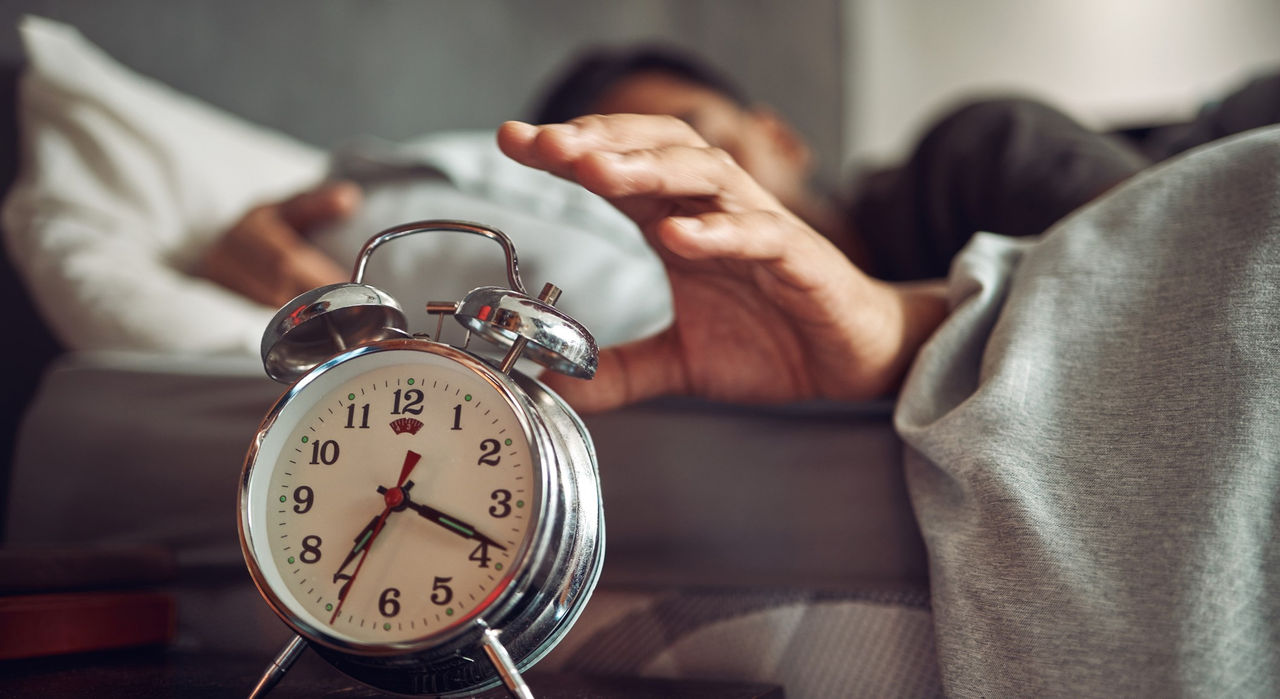Every year, as the days grow shorter and the air turns cooler, we set our clocks back by one hour to signify the end of Daylight Saving Time (DST). While many look forward to gaining an extra hour of sleep, this time change can also disrupt your internal body clock and affect your sleep quality more than you might expect.
This November, when the clocks turn back, it’s a great opportunity to understand how Daylight Saving Time affects sleep, why it can impact your mood and energy, and how you can prepare to adjust smoothly.
What Is Daylight Saving Time?
Daylight Saving Time is the practice of setting clocks forward by one hour in the spring (“spring forward”) and turning them back one hour in the fall (“fall back”). The idea was first introduced to make better use of daylight during the longer days of summer, giving people more evening light and conserving energy.
In the United States, Daylight Saving Time was officially introduced in 1918 under the Standard Time Act during World War I to save fuel and resources. It was later adopted nationwide with variations and standardized by the Uniform Time Act of 1966. The current schedule, starting in March and ending in November, was established by the Energy Policy Act of 2005.
During the DST period, clocks are one hour ahead of non-DST (standard) time. When DST ends in November, we return to standard time, the time that more closely aligns with the natural light-dark cycle.
When Does Daylight Saving Time End in 2025?
In 2025, Daylight Saving Time ends on Sunday, November 2, at 2:00 AM. On this day, clocks will “fall back” one hour, giving most people an extra hour of rest that night.
But even though you technically gain an hour in November, your body’s circadian rhythm, the internal clock that regulates sleep and wake cycles, doesn’t always adjust instantly. This sudden change in light exposure and routine can lead to short-term effects like grogginess, difficulty falling asleep, or feeling alert at the wrong times.
People often confuse the time changes:
- In spring forward, we lose an hour of sleep, which often causes more noticeable fatigue and insomnia symptoms.
- In the fall back, we gain an hour, but the earlier sunset can trigger sleepiness, mood dips, or disrupted sleep schedules for some individuals.
How Daylight Saving Time Affects Sleep
Our sleep-wake cycle is guided by the circadian rhythm, which relies heavily on light exposure. When daylight patterns suddenly shift, even by one hour, your body’s biological clock needs to recalibrate.
Here’s what happens:
- Morning light arrives earlier, but many people still wake up in darkness if they sleep in.
- Evening darkness falls sooner, which can cause your body to release melatonin earlier in the day, making you feel sleepy too soon.
- These shifts can throw off your normal sleep timing, appetite, energy levels, and mood.
Most people adjust within a few days, but for some, especially those with insomnia, anxiety, or seasonal affective disorder (SAD), the transition can be more challenging. Even minor disruptions in sleep timing can affect concentration, mood stability, and overall alertness.
The Science Behind the Light–Darkness Cycle
The light-darkness cycle is one of the most powerful regulators of the circadian rhythm. When your eyes detect light, it signals the brain’s suprachiasmatic nucleus (SCN) to suppress melatonin, helping you stay awake. When darkness falls, melatonin levels rise, preparing your body for sleep.
When Daylight Saving Time ends, the pattern of morning and evening light shifts dramatically:
- Earlier sunsets can reduce natural evening light exposure, leading to feelings of sleepiness or fatigue during late afternoon hours.
- Brighter mornings can help early risers feel more alert but may disrupt those who prefer sleeping late.
It takes about 3–7 days for most healthy adults to re-synchronize their circadian rhythm after a one-hour clock change. During this adjustment period, it’s common to experience symptoms like:
- Difficulty falling or staying asleep
- Increased daytime sleepiness
- Mood swings or irritability
- Changes in appetite or energy
Health Effects Linked to DST Changes
While an hour may not seem like much, several studies have found that these time shifts can influence health, especially during the spring forward transition. Researchers have noted temporary increases in:
- Insomnia and sleep deprivation
- Workplace fatigue and lower productivity
- Mood changes or depressive symptoms
- Minor increases in accidents or injuries due to reduced alertness
However, during the fall-back transition in November, the risk of these effects is generally lower, yet people may still struggle with early evening darkness, leading to decreased exposure to daylight and a drop in mood or alertness.
In short, even though we gain an hour of sleep in the fall, our exposure to sunlight decreases, and that can subtly affect our circadian rhythm and emotional well-being.
Should We Ditch Daylight Saving Time?
This question has sparked ongoing debate for decades. Many sleep and medical organizations have expressed concern that changing the clocks twice a year can cause chronic circadian disruption.
From a sleep health perspective, most experts agree that permanent standard time, not Daylight Saving Time, would better align with our body’s natural rhythm. Standard time places our daily schedules closer to the solar cycle, ensuring brighter mornings and darker evenings, which support healthy melatonin production and alertness.
However, others argue that extending evening daylight during DST promotes outdoor activity, tourism, and energy savings. While science leans toward the health benefits of staying on standard time, the debate continues across states and policy discussions in the U.S.
Daylight Saving Time Sleep Tips: How to Adjust Smoothly
Here are some practical, evidence-based strategies to help your body transition easily when DST ends this November:
1. Shift Your Sleep Schedule Gradually
Start adjusting a few days before the time change. Go to bed and wake up 15–30 minutes earlier each day leading up to the switch. This helps your internal clock reset more gently and reduces next-week fatigue.
2. Get Morning Sunlight
Light is the strongest signal to your circadian rhythm. After the clocks fall back, spend at least 15–20 minutes outdoors in natural sunlight each morning. This helps your brain register the new “morning” time and improves alertness throughout the day.
3. Stick to a Consistent Routine
Try to wake up and go to bed at the same time every day, even on weekends. Consistency reinforces your body’s internal clock and reduces the risk of insomnia symptoms caused by irregular sleep timing.
4. Limit Evening Light Exposure
Avoid bright screens, phones, and TVs at least one hour before bedtime. Blue light from screens suppresses melatonin and tricks your brain into staying awake longer than it should. Use dim, warm lighting in the evening to signal that it’s time to wind down.
5. Avoid Caffeine and Heavy Meals Late in the Day
Caffeine stays in your system for several hours and can delay sleep onset. Try to avoid coffee, energy drinks, or chocolate after 3 PM. Similarly, heavy meals before bed can cause discomfort and interfere with deep sleep.
6. Create a Restful Sleep Environment
As evenings get darker earlier, take advantage of the season to create a cozy, relaxing sleep space. Keep your room cool, quiet, and dark. Blackout curtains can help regulate evening light. Comfortable bedding and minimal distractions can also improve sleep quality.
7. Stay Active During the Day
Regular physical activity supports healthy sleep-wake cycles. Even moderate exercise, like a brisk 20-minute walk, can improve sleep quality. Try to exercise in the morning or early afternoon to avoid stimulation before bedtime.
8. Limit Naps
If you feel drowsy in the afternoons due to earlier sunsets, try to avoid long naps. If necessary, keep naps under 30 minutes and before 3 PM to prevent interference with night time sleep.
9. Adjust Bedroom Lighting
As natural evening light decreases, use softer, warmer light bulbs in the evening and expose yourself to bright light in the morning. This helps your brain differentiate between “day” and “night” more effectively.
10. Be Patient with Your Body
It’s normal to feel slightly “off” for a few days after the time change. Give your body time to adapt. For most people, sleep patterns return to normal within a week.
When to Seek Professional Help
If your sleep doesn’t stabilize after a couple of weeks or you begin to notice ongoing insomnia symptoms, it might be time to consult a sleep specialist.
Common signs that you should seek help include:
- Trouble falling or staying asleep for more than two weeks
- Feeling excessively sleepy or fatigued during the day
- Difficulty concentrating or performing daily tasks
- Waking up too early and being unable to fall back asleep.
- Loud snoring, gasping, or pauses in breathing during sleep
These symptoms could indicate sleep disorders such as insomnia, sleep apnea, or circadian rhythm disorders, all of which can worsen during seasonal time changes.
A sleep specialist can help evaluate your symptoms and recommend evidence-based treatments like cognitive behavioral therapy for insomnia (CBT-I), light therapy, or sleep hygiene adjustments tailored to your lifestyle.
Quick Checklist to Help You Adjust
Here’s a short checklist you can follow during the first week after DST ends:
- Move your bedtime 15 minutes earlier for three nights before the change.
- Get 15–20 minutes of bright morning sunlight daily.
- Stick to your wake-up time, even on weekends.
- Avoid screens and caffeine close to bedtime.
- Keep your bedroom cool, dark, and quiet.
- Avoid long naps in the afternoon.
- Seek help if sleep problems last beyond two weeks.
Small adjustments can make a big difference in how refreshed and alert you feel during the darker months ahead.
Final Thoughts
As the Daylight Saving Time period ends, remember that adjusting your sleep routine is not just about changing the clock; it’s about helping your body realign with the natural light-darkness cycle.
Understanding how DST affects sleep can help you take proactive steps to maintain good rest, mood, and energy through the shorter, darker days ahead.
If you notice your sleep patterns aren’t improving, or if insomnia or excessive sleepiness persist, professional help from a sleep medicine specialist can make a significant difference in restoring healthy, restful sleep.
FAQs About Daylight Saving Time and Sleep
Q. When do we change the clocks in the fall?
A: In the U.S., Daylight Saving Time ends on the first Sunday in November. This year, it’s November 2, 2025, at 2:00 AM. Clocks are set back one hour.
Q. Do we gain or lose an hour in November?
A: You gain an hour of sleep when the clocks fall back, but your body may still take time to adjust to the new light schedule.
Q. How long does it take to adjust after DST ends?
A: Most people adapt within a few days, but it can take up to a week for your circadian rhythm to fully realign.
Q. Can Daylight Saving Time cause insomnia?
A: The time change itself doesn’t cause insomnia directly, but it can trigger temporary sleep disturbances or worsen existing insomnia by disrupting the body’s natural rhythm.
Q. Does spring forward mean more sleep?
A: No, the spring forward time change actually causes sleep loss, which is why many people feel more tired and sluggish after that transition.

